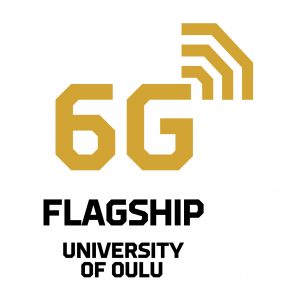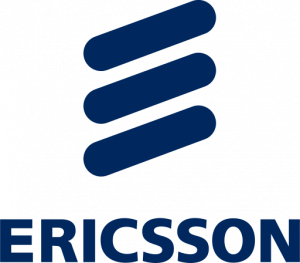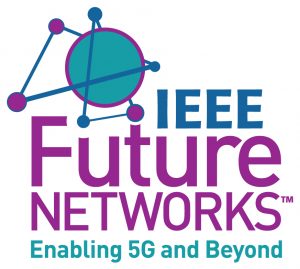
Baiqing Zong (zong.baiqing@zte.com.cn) received his BS, MS and Ph.D. degrees from Nanjing University, Peking University and Zhejiang University, respectively. From 1998, he has been working in ZTE and engaged in the researches and innovations of wireless communications and fiber optic communications. His current research interests are in B5G/6G and advanced photonic systems (including microwave photonics, digital photonics, coherent optics and optical computing/photonic AI) for wireless applications.
Photonics illuminates 6G
The key drivers of 6G mainly result from the technology-driven paradigm shift. As a novel paradigm, photonics is bound to stand out as a breakthroughs and disruptive technology for 6G. Meanwhile, intelligent driving and smart industry revolutions create core requirements for 6G that will lead to service classes of ubiquitous mobile ultra-broadband (uMUB), ultra-broadband with low latency (uBBLLC), and ultra-high data density (uHDD). Matching these services require an end-to-end co-design of communication, sensing, as well as computing, and inspire the convergence of photonics and artificial intelligence (AI), resulting in two candidates for 6G-enabling technologies: photonics-based cognitive radio and holographic radio. In particular, since many investigations have described the performances of all-optical networks with low latency, the multi-purpose, full-spectral, and all-photonic RANs may play an important role in uBBLLC case scenario. In uMUB service, the space-terrestrial integrated network uses a new architecture, namely a 100Gbps hyperspectral space-terrestrial integrated network based on laser-millimeter wave-THz convergence, of which the key technologies include all-photonic satellite payloads.
Hits: 61













